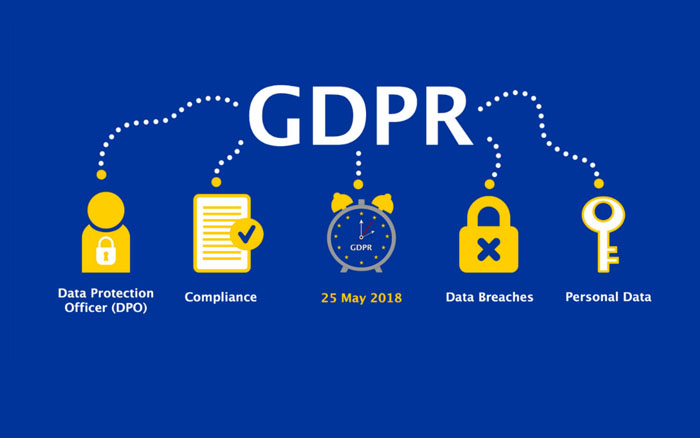
Social media users from all over the world are trying to discover techniques to increase their followers. Having many social media platforms available all over the world, but I’m going to focus on two major social media platforms—Instagram and Snapchat.
I’m going to provide you a comparison based on what people think of based on crowd-sourced content about Instagram vs/ Snapchat war.
Snapchat started its journey by creating the unique ephemeral feature to offer to its audience and it offers user posting a video or picture for 24 hours. Snapchat’s growth skyrocketed because of this feature right after its launch. But, later on, even this unique feature couldn’t have guaranteed it to become the first choice for users to use this platform to promote their brand or even themselves.
To get a better perspective of why people are switching, I asked different users about why their preferences and had obtained many useful insights about Snapchat vs. Instagram war. I hope that your perspective about both of them will likely to resonate with other users’ insights. Let’s have a look!
Instagram stories are getting more momentum as compared to Snapchat because Instagram actually uses the phone camera for capturing videos and photos. Whereas, Snapchat uses its own interface camera on Android, and not cellphone’s original camera which has an adverse effect on a picture quality.
Instagram also gives users a chance to interact with photographers and gives photographers a chance to chronicle their work, lives, and travelogues. IG stories give an impression of “behind the scenes” of your main feed which you curate carefully. IG stories work in a way that it provides support to the main narrative of the pictures and videos uploaded.
Snapchat, despite having many lenses, doesn’t appear as a creative social media application and appears as only a fun gimmick. But on the other side, some people prefer Snapchat because of its lenses and camera/video filters.
Some of the benefits that help users decide to choose Instagram over Snapchat every time is because, Instagram makes it easier for its users to search another Instagram users and discover new users, but Snapchat requires exact Snapchat names to search for anyone.
The IG stories is an extra feature of an already-existed Instagram platform, whereas Snapchat’s ephemeral content sharing feature is not that unique and only feature it has offered to its users. You can also add hashtags and geo-tags when uploading your IG Stories, whereas this option isn’t available on Snapchat yet. It allows users to create image descriptions with hashtags.
Instagram has been the first preference for those companies having a lifestyle, clothing, food, travel, adventure element or any other product or service that relates well to video and photo. It gives brands a chance to position themselves in the marketplace by positioning their brands right in the heart and soul of the viewers. Another prominent feature that puts Instagram over Snapchat is that users don’t need to follow a brand to receive its ads, and a user can see suggestion based on users’ personal preferences and likes through its deep learning algorithms.
I’ve been using both the apps and has been able to create some big campaigns on Instagram and got the results right away as I was able to respond faster to every query and resistance because of a super-fast Mediacom internet packages. Marketers also need to have an inclination towards any of the social media platforms to form a strategy. Snapchat, along with its ephemeral feature, provides face-adjusting Lenses and area-based geo-filters. Both of these features are distinct and the biggest source of appeal for Snapchatters. These filters offer marketers to make really smart and intelligent advertising choices, and to help customize each user’s experience. But, Instagram manages to have a much larger audience due to the fact that people can use it to upload any picture/video at any time. This has made Instagram one of the great platforms to communicate via pictures/videos which can be the center point of a brand’s marketing strategy.






